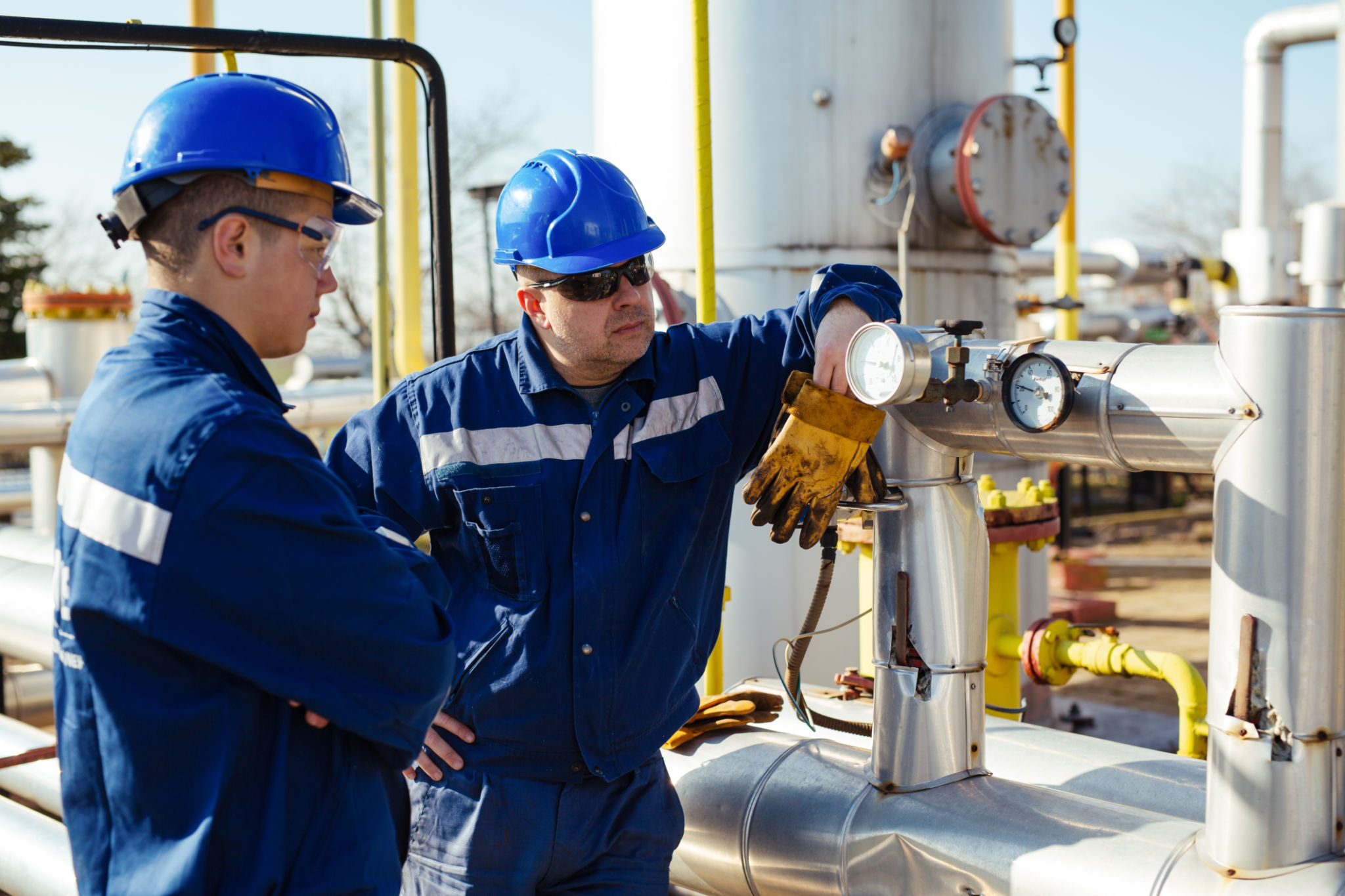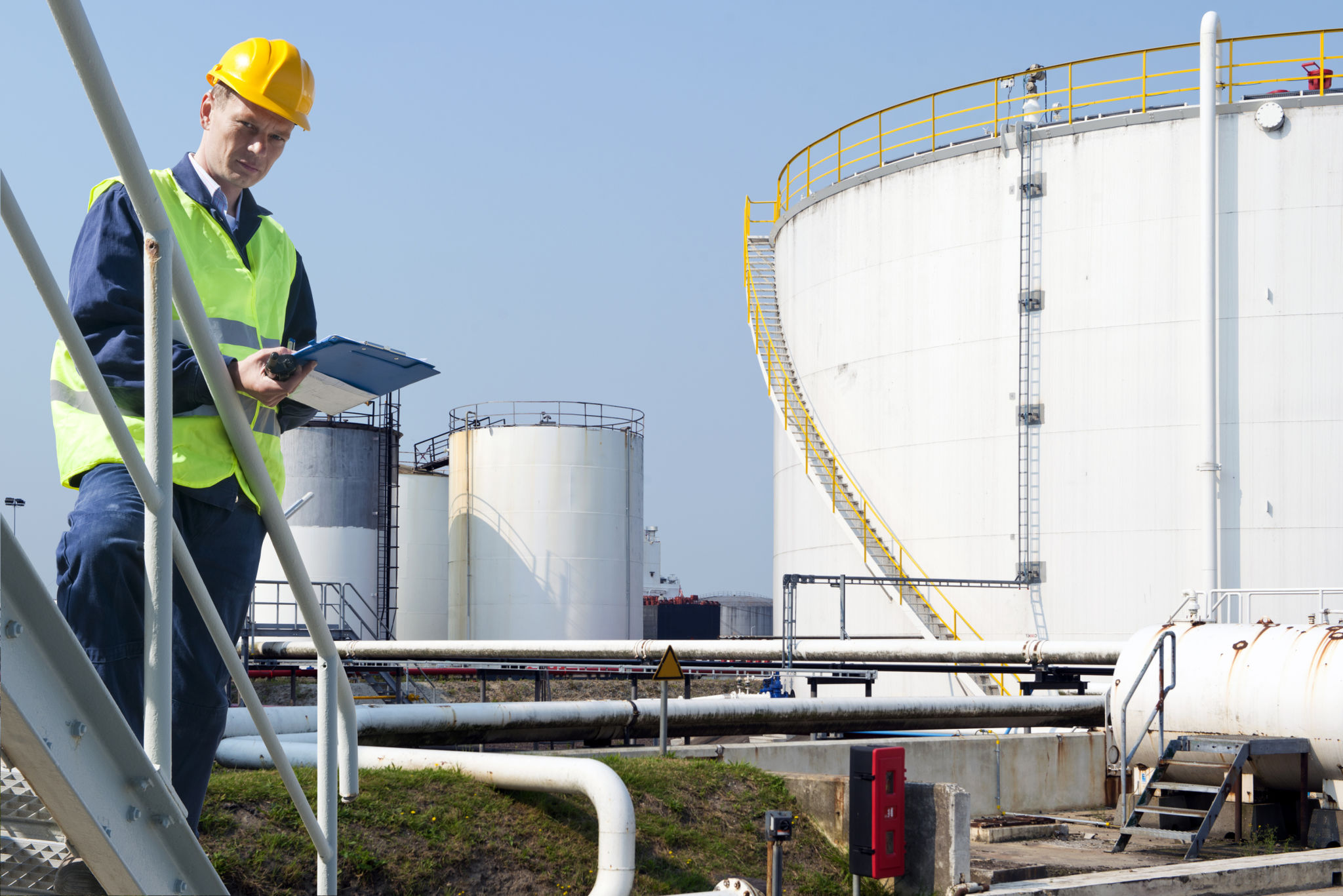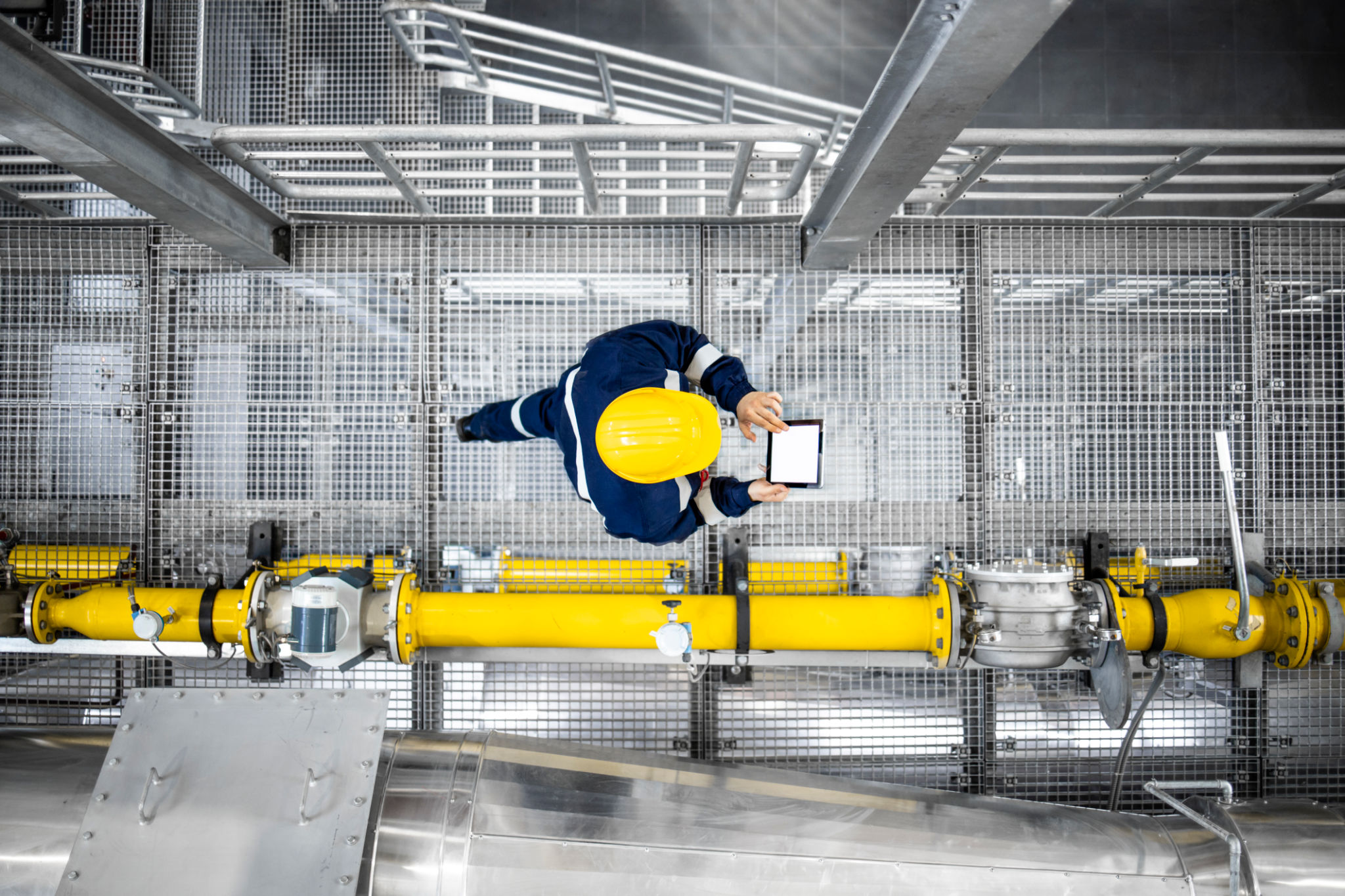What is LDAR and Why is it Crucial for Oil Companies?
DB
Understanding LDAR: What is it?
Leak Detection and Repair (LDAR) is a comprehensive program implemented by oil companies to identify and fix leaks in their facilities. This process primarily involves detecting leaks of volatile organic compounds (VOCs) and other hazardous emissions that can escape from equipment and pipes. LDAR is not merely an optional practice but a regulatory requirement under various environmental laws aimed at reducing air pollution and safeguarding public health.
At its core, LDAR involves regular monitoring and maintenance of equipment used in the oil industry. This can include valves, connectors, pumps, compressors, and other components that are prone to leaks. By employing advanced technologies such as infrared cameras, gas analyzers, and ultrasonic detectors, companies can efficiently locate and repair leaks, thereby minimizing emissions.

Why LDAR is Crucial for Oil Companies
The importance of LDAR for oil companies cannot be overstated. Firstly, it plays a significant role in **environmental protection**. By reducing the release of harmful gases into the atmosphere, LDAR helps mitigate the impact of industrial operations on air quality. This is crucial in the fight against climate change and in efforts to protect local ecosystems.
Secondly, LDAR is essential for **regulatory compliance**. Governments around the world have implemented stringent regulations that require oil companies to monitor and control emissions. Non-compliance can result in hefty fines and damage to a company's reputation. Therefore, LDAR programs help ensure that oil companies meet legal obligations and maintain their license to operate.

Economic and Operational Benefits
Apart from environmental and legal benefits, LDAR also offers significant economic advantages. Leak detection and timely repairs can lead to substantial cost savings by preventing the loss of valuable resources like gas and oil. This can enhance operational efficiency and improve a company’s bottom line.
Furthermore, LDAR programs contribute to **safety improvements** within oil facilities. Reducing leaks minimizes the risk of fires, explosions, and exposure to toxic chemicals for workers and nearby communities. Implementing an effective LDAR program demonstrates a company's commitment to safety and social responsibility.
Technological Advances in LDAR
The field of LDAR has seen remarkable technological advancements in recent years. The development of sophisticated detection tools has made it easier for companies to monitor emissions accurately and in real-time. For example, drones equipped with sensors can now survey large areas quickly and efficiently, identifying leaks that would otherwise go unnoticed.

Additionally, data management systems have become integral to LDAR programs, allowing for detailed tracking of inspections, repairs, and compliance efforts. These systems provide valuable insights that help companies optimize their operations and reduce their environmental footprint.
Challenges in Implementing LDAR
Despite its benefits, implementing an effective LDAR program can be challenging. It requires significant investment in technology, training, and manpower. Moreover, constant monitoring and maintenance efforts are necessary to ensure the program's success. Companies must also navigate complex regulatory landscapes that vary from region to region.
However, these challenges are not insurmountable. By staying informed about technological advancements and regulatory changes, oil companies can adapt their LDAR strategies to remain effective and compliant.
Conclusion
LDAR is a crucial element for oil companies striving to balance operational efficiency with environmental responsibility. While it presents certain challenges, the benefits it offers—ranging from regulatory compliance to cost savings—make it an indispensable part of modern oil industry operations. As technology continues to evolve, so too will the capabilities of LDAR programs, further aiding companies in their mission to reduce emissions and protect the planet.
